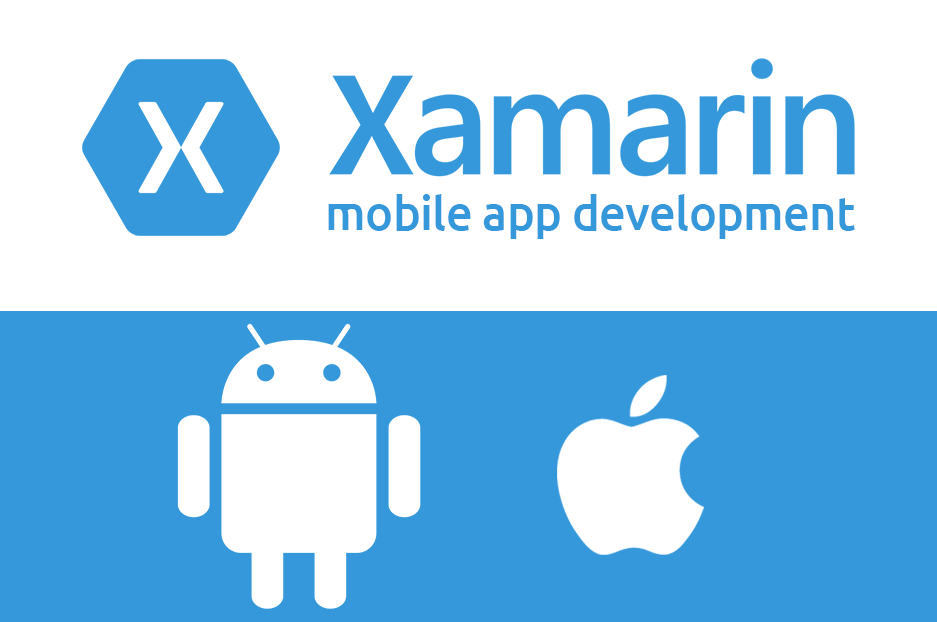
Free eBooks for Beginners
Xamarin.Forms is a cross-platform framework for building mobile applications. It allows developers to create a single codebase for their application and then deploy it to multiple platforms, such as iOS, Android, and Windows. This can save a significant amount of time and resources, as compared to building separate applications for each platform.
One of the core features of Xamarin.Forms is its use of the XAML markup language. XAML stands for Extensible Application Markup Language and it is used to define the layout and structure of the user interface in a Xamarin.Forms application. XAML is similar to HTML, in that it uses tags and attributes to define the layout of the user interface, but it is more powerful and flexible than HTML.
Another key feature of Xamarin.Forms is its use of the C# programming language. C# is a modern, object-oriented programming language that is widely used in the development of Windows and .NET applications. C# provides a rich set of features for building mobile applications, such as support for multithreading, garbage collection, and exception handling.
Xamarin.Forms also provides a wide range of built-in controls, such as buttons, labels, and text boxes, which can be used to build the user interface. These controls are designed to be consistent across all platforms, which means that they look and behave the same way on iOS, Android, and Windows. Developers can also create their own custom controls, or use third-party controls, to extend the functionality of their application.
In addition to its core features, Xamarin.Forms also provides several other tools and services to help developers build mobile applications. For example, it provides support for data binding, which allows developers to easily connect their user interface to the underlying data. It also provides support for navigation, which makes it easy to create multi-page applications, and support for localization, which allows applications to be translated and adapted for different cultures and languages.
Xamarin.Forms also allows developers to access the native features of the device, such as the camera, GPS, and sensors, through the use of plugins and APIs. This enables developers to create applications that can take full advantage of the capabilities of the device.
Xamarin.Forms is widely used by developers to build mobile applications for different industries such as healthcare, retail, finance, and education. Due to its cross-platform nature, it’s also becoming more popular among enterprise companies as it reduces the development costs and allows them to reach more customers by deploying the application to multiple platforms.
In conclusion, Xamarin.Forms is a cross-platform framework for building mobile applications that allows developers to create a single codebase for their application and then deploy it to multiple platforms. It uses the XAML markup language for defining the layout and structure of the user interface and C# programming language for the logic behind the application. It provides a wide range of built-in controls, support for data binding, navigation, localization, and access to native features of the device through plugins and APIs. It’s widely used by developers to build mobile applications for different industries and also becoming more popular among enterprise companies due to its cross-platform nature.
Cookbook – Xamarin for Beginners – Chapter 01
 Loading...
Loading...
Disclaimer: The information and code presented within this recipe/tutorial is only for educational and coaching purposes for beginners and developers. Anyone can practice and apply the recipe/tutorial presented here, but the reader is taking full responsibility for his/her actions. The author (content curator) of this recipe (code / program) has made every effort to ensure the accuracy of the information was correct at time of publication. The author (content curator) does not assume and hereby disclaims any liability to any party for any loss, damage, or disruption caused by errors or omissions, whether such errors or omissions result from accident, negligence, or any other cause. The information presented here could also be found in public knowledge domains.